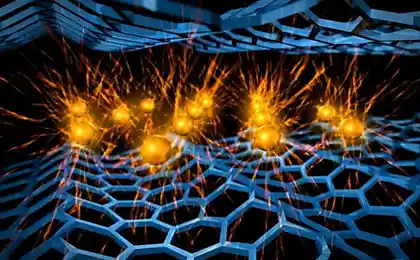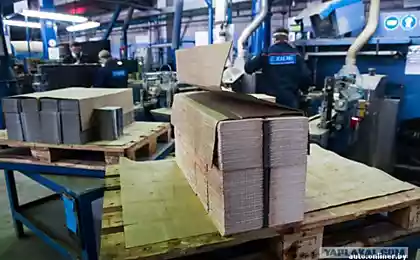435
Scientists close to creating a battery that will not heat up
Superconductors, on which the entire modern electronics allow electric current to move freely without encountering resistance. However, this only occurs at temperatures close to absolute zero, which increases their weight, size and cost.

If there was the ability to create superconductors that work at room temperature, then the plant would cease to lose energy, there would be more affordable Maglev trains, cheaper devices for MRI and a small, but powerful supercomputers.
For Ivan Bozovich and his team's solution to this problem became cuprate, substances composed of copper and oxygen. In conjunction with the strontium and some other elements they showed the properties of superconductors but did not require ultra low temperatures as conventional superconductors.
A 10-year study of physicists at Brookhaven puts on its head the traditional notion of superconductors. In accordance with the modern understanding, the temperature of the material depends on the interaction forces between pairs of electrons. But according to the team of Bazovica, the density of the objects (in this case, pairs of electrons), and not the power, controls the temperature.

Another approach to creating superconductors that operate at room temperature, proposed by Russian and Japanese scientists. As a result of experiments with the sulfide it was found that under certain conditions it becomes a superconductor. In connection with a specific smell, such conductors are called "rotten". published
Source: hightech.fm/2016/09/30/cuprates

If there was the ability to create superconductors that work at room temperature, then the plant would cease to lose energy, there would be more affordable Maglev trains, cheaper devices for MRI and a small, but powerful supercomputers.
For Ivan Bozovich and his team's solution to this problem became cuprate, substances composed of copper and oxygen. In conjunction with the strontium and some other elements they showed the properties of superconductors but did not require ultra low temperatures as conventional superconductors.
A 10-year study of physicists at Brookhaven puts on its head the traditional notion of superconductors. In accordance with the modern understanding, the temperature of the material depends on the interaction forces between pairs of electrons. But according to the team of Bazovica, the density of the objects (in this case, pairs of electrons), and not the power, controls the temperature.

Another approach to creating superconductors that operate at room temperature, proposed by Russian and Japanese scientists. As a result of experiments with the sulfide it was found that under certain conditions it becomes a superconductor. In connection with a specific smell, such conductors are called "rotten". published
Source: hightech.fm/2016/09/30/cuprates























